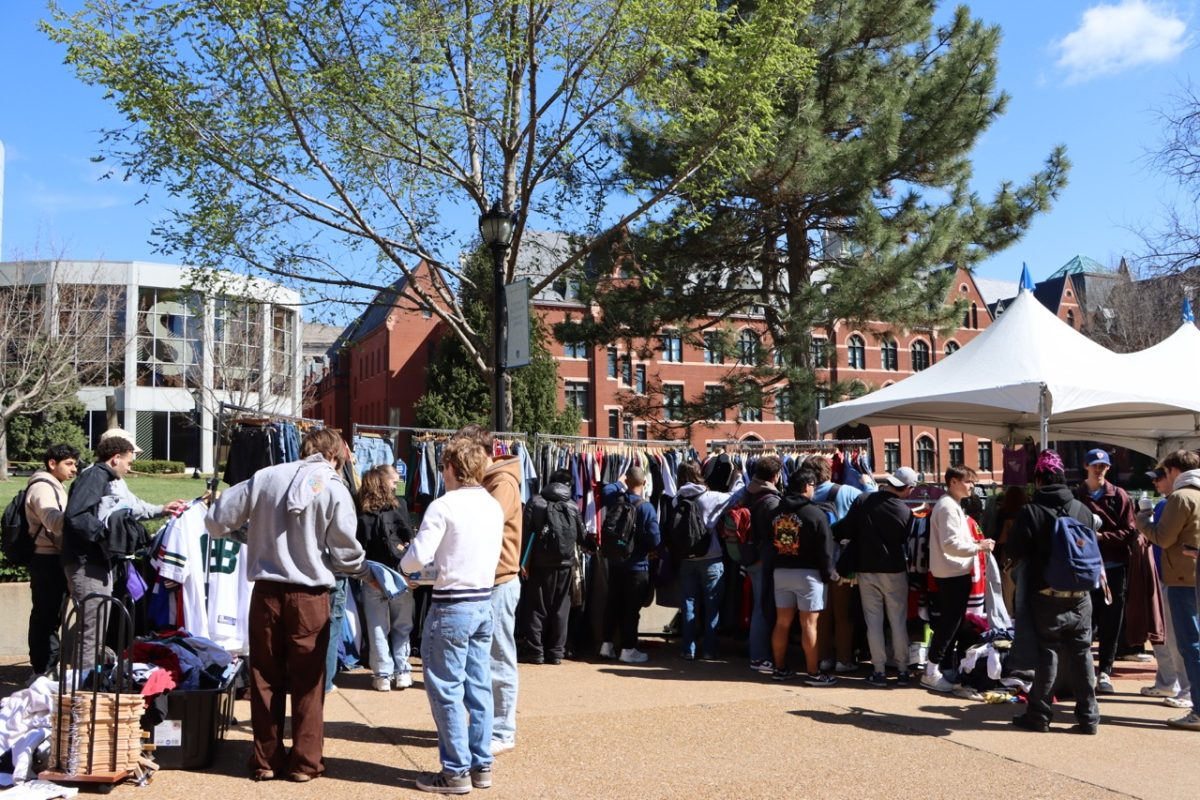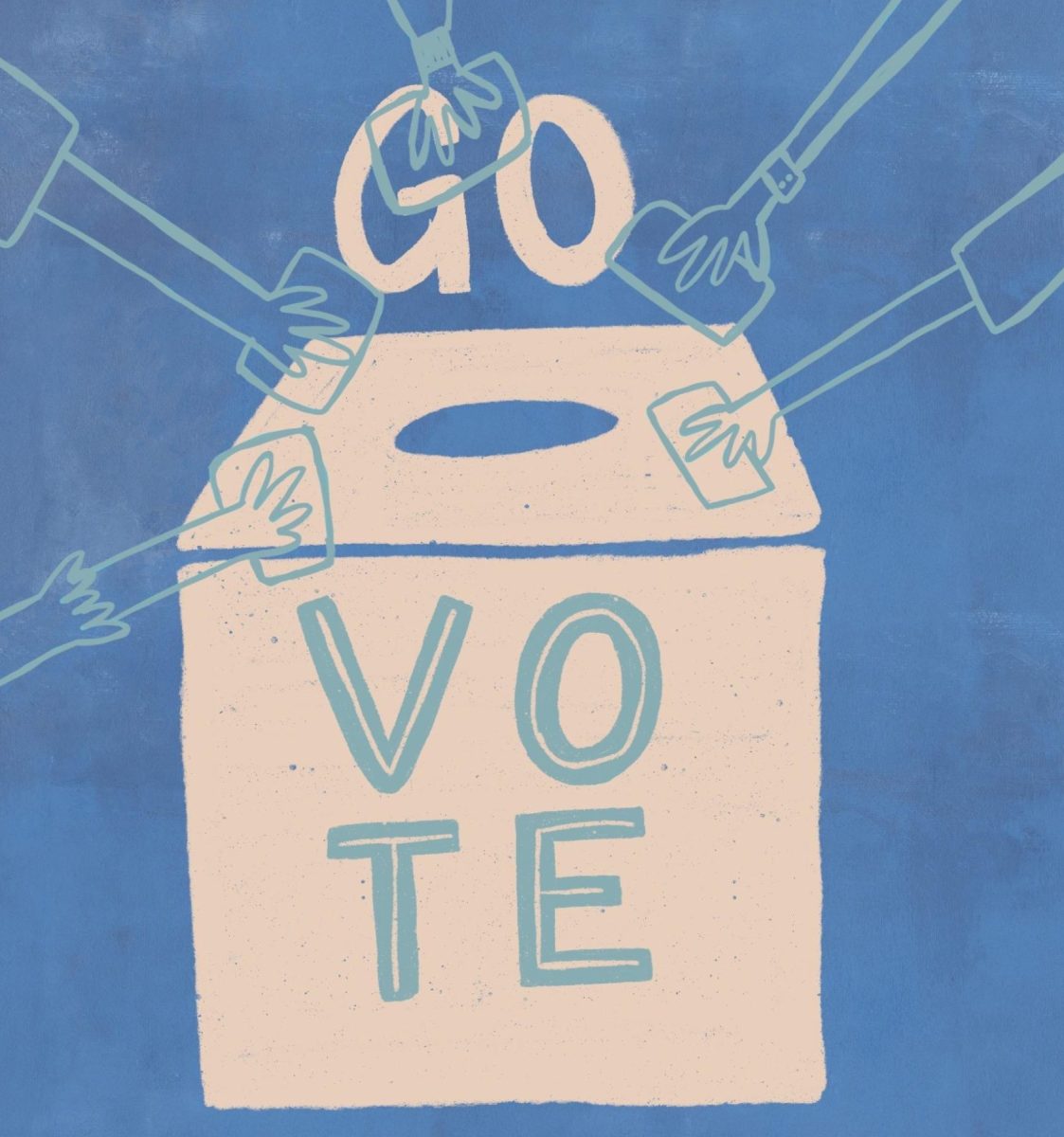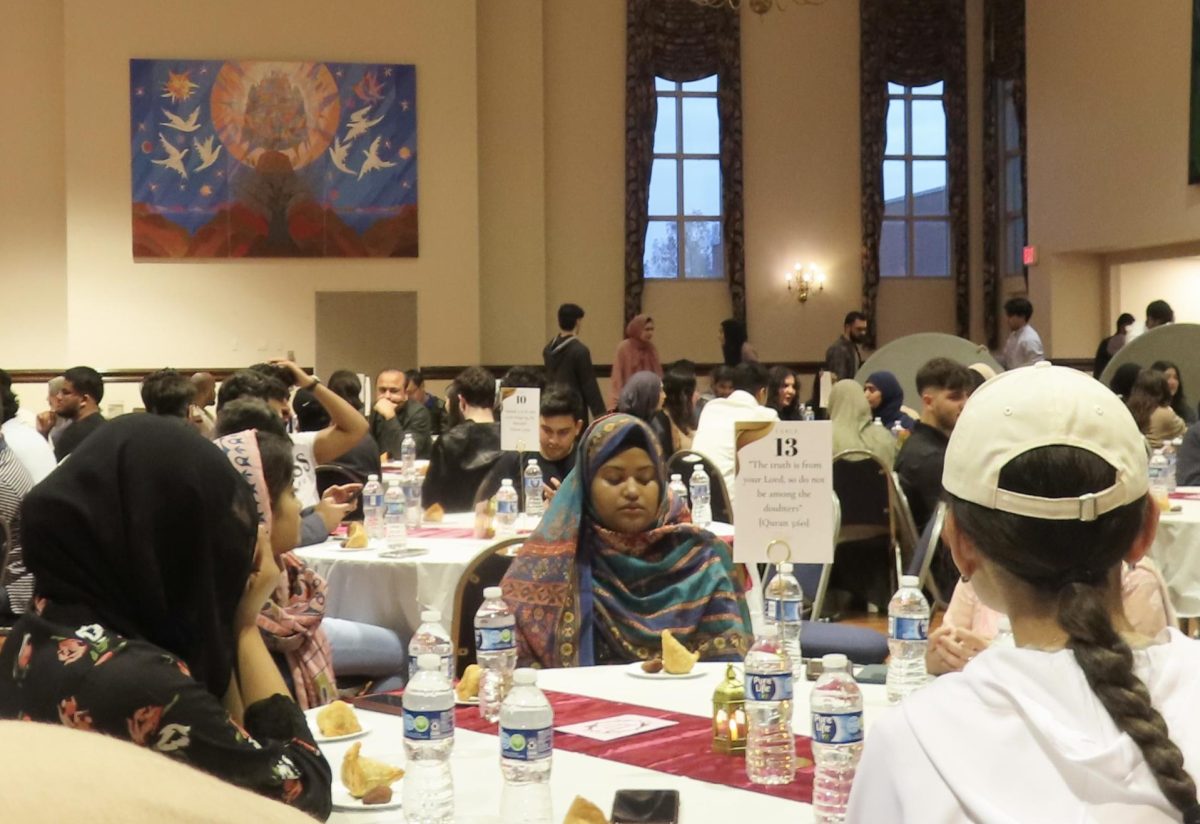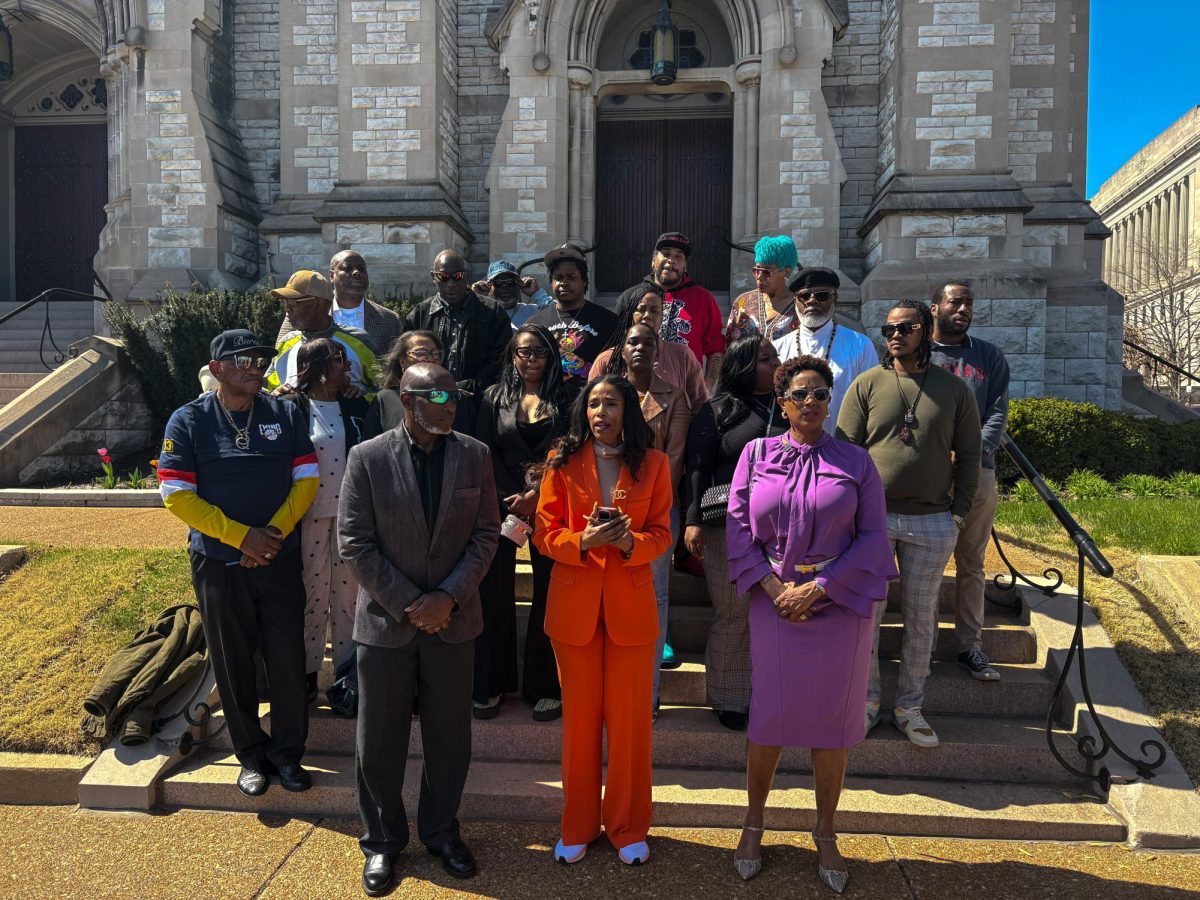The contentious national debate over the war in Iraq touched Saint Louis University this Tuesday. Starting at 12:15 p.m., more than 80 students laid silently in the midst of the Quad for 40 minutes to simulate death; each participant in this “die-in” held a plastic tombstone bearing the names of a fallen U.S. soldier and Iraqi civilian. At the same time, counter-protesters vied for the attention of passers-by and expressed their opposition to a quick U.S. withdrawal from the Middle East. Eventually some protesters and counter-protesters began a verbal tussle, with some die-in participants accusing the counter-protesters of spreading false information.
“The goal of the die-in was to remember the dead and to help SLU students to educate themselves so they can critically reflect on the war. We feel that both of those goals were thwarted by the way the counter-protest was held,” said John Carroll, a senior in the College of Arts and Sciences and one of the organizers of the die-in.
SLU’s chapter of Pax Christi, an international Catholic pacifist movement that “rejects war . and every form of violence and domination,” arranged the die-in. SLU Campus Ministry sponsors Pax Christi; it is not a chartered student organization.
Literature distributed by Pax Christi said the group planned the die-in to “commemorate the fourth anniversary of the war in Iraq . in memorial of all those who have lost their lives in the Iraq War.” Organizers said that the protest was not meant to advocate a particular strategy for ending the war and did not necessarily advocate an immediate withdrawal of U.S. forces.
Die-in organizers invited a number of other University programs and CSOs to participate in the protest, including Micah House and groups in the Student Government Association Social Action Cabinet. Members of many of these organizations joined in the die-in, although no other group officially sponsored the event.
The die-in lasted 40 minutes-ten minutes for each year of the war in Iraq. Eighty-five participants feigned death along the main walking path of the Quad, while members of Pax Christi distributed explanatory fliers of traced the outline of “dead” protesters with chalk.
Two groups of counter-protesters demonstrated in the Quad during Pax Christi’s die-in. College Republicans distributed yellow “support-the-troops” ribbons and advertised for their supply drive for soldiers fighting abroad.
“I wanted to remind people to support the troops, whether they agree with the war or not. It’s important to support the people who are over there,” said Amy Kaufman, a sophomore in the College of Arts in Sciences and member of College Republicans.
Meanwhile, another group of students passed out fliers that read: “The people lying on the ground represent those lives that would be lost if we abandon the Iraqi people. Nearly two million Cambodians died when we left Vietnam; will we let history repeat itself?”
This references the slaughter initiated by the Khmer Rouge regime in Cambodia during the late 1970s; the counter-protesters believed that the U.S. withdrawal from Indochina at the end of the Vietnam War enabled the carnage.
This second group of counter-protesters was not affiliated with any CSO; they emphasized that they were acting as individuals. Pat Ishmael, graduate of the John Cook School of Business and a current SLU law student, organized the effort on Monday night.
“I find it reprehensible for a group that claims to support human rights to condemn millions to death by advocating a quick withdrawal from Iraq,” Ishmael said.
Some members of Pax Christi said that the fliers that Ishmael’s group distributed upset them.
“To represent their point of view is completely fine, but that flier didn’t have identifying information and confused the intent of the die-in . They didn’t take responsibility for what they were doing,” said Megan Heeney, a senior in the College of Arts and Sciences and member of Pax Christi.
As the demonstrations went on, some die-in participants and counter-protesters began to quarrel, arguing over the distribution of the fliers and the politics of the war. The confrontation eventually became heated, and a Department of Public Safety officer arrived on the scene.
According to Student Conduct Officer Sarah Klucker, no formal charges had been filed against any of the protesters as of Thursday afternoon. The Student Conduct Board, however, has begun to investigate the incident, and some of the counter-protesters might face charges of violating University rules against disorderly conduct and participation in a disruptive protest.
Additionally, both the groups of counter-protesters may face Conduct Board scrutiny for their failure to secure formal University permission to demonstrate.
Despite their disagreements, members of both parties say that they appreciated the chance for dialogue and recognize the other side’s good intentions.
“By the time it was finished, we were all on fairly even terms. We agreed to disagree, and we were glad we had had a discussion,” said Gene Diamond, a senior in the College of Arts and Sciences and a member of Ishmael’s group.









